It’s time for our Holiday Gift Guide, where we suggest ideas for presents for the space fans in your life! What books are we reading? What games are we playing and what telescopes are we admiring?


It’s time for our Holiday Gift Guide, where we suggest ideas for presents for the space fans in your life! What books are we reading? What games are we playing and what telescopes are we admiring?
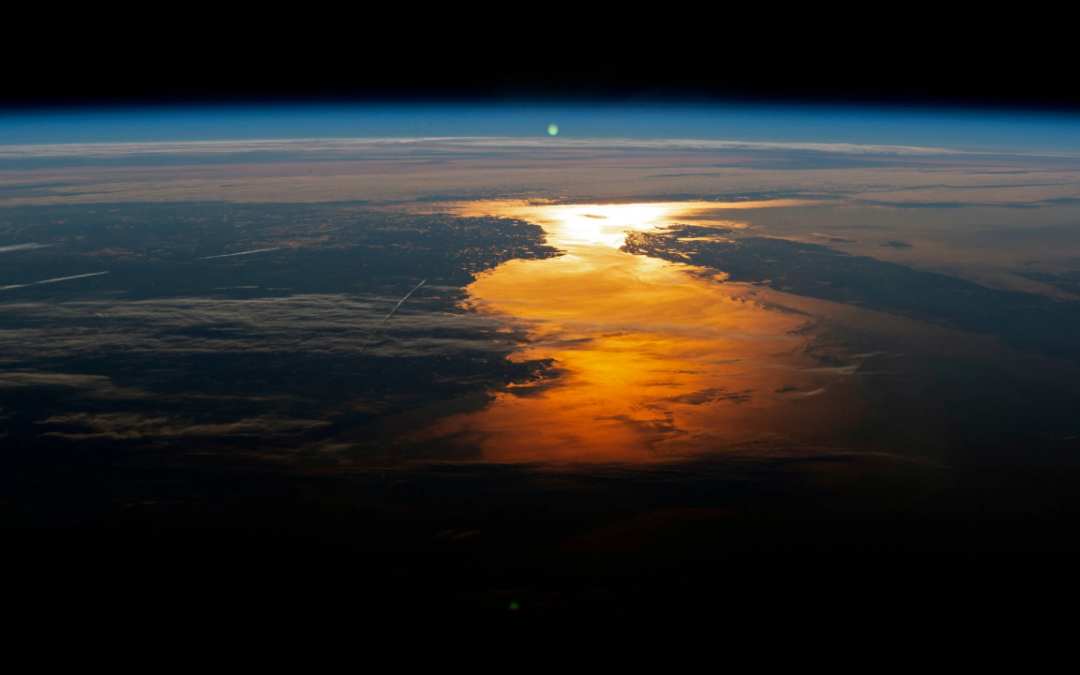
Normally, Pamela refuses to think about the future. But today, on our final episode before hiatus, she’s throwing out those rules. Here’s what we’re excited about for the future, especially in the next couple of months until we return in September Recorded: 10 June...
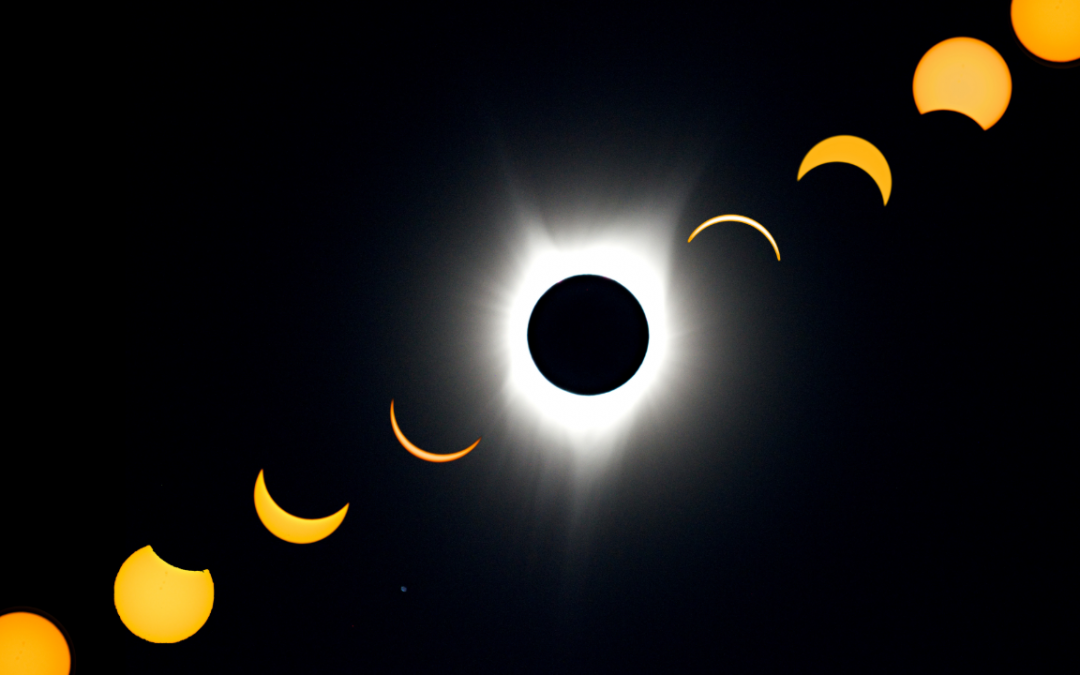
The next great eclipse is upon us, with viewers across North America witnessing the moon passing in front of the Sun. It’s an amazing experience, but also an opportunity to do science. Let’s talk about what we can learn from this momentous event.

Just a warning, the holidays are rapidly approaching. It’s time, once again, to think about what to buy all the space nerds on your lists. Here’s what we like.
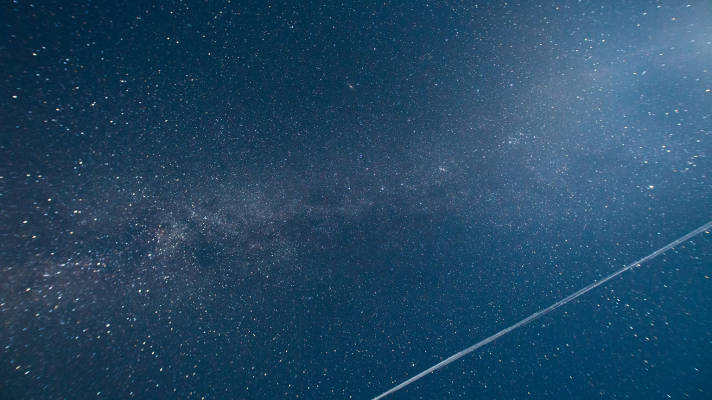
If you’re in dark skies and look up, you’re certain to see a satellite. Lots of them. But how can you know which one you’re seeing, and how can you improve your chances of a sighting? Today we’ll talk about how to see satellites, or avoid seeing them.
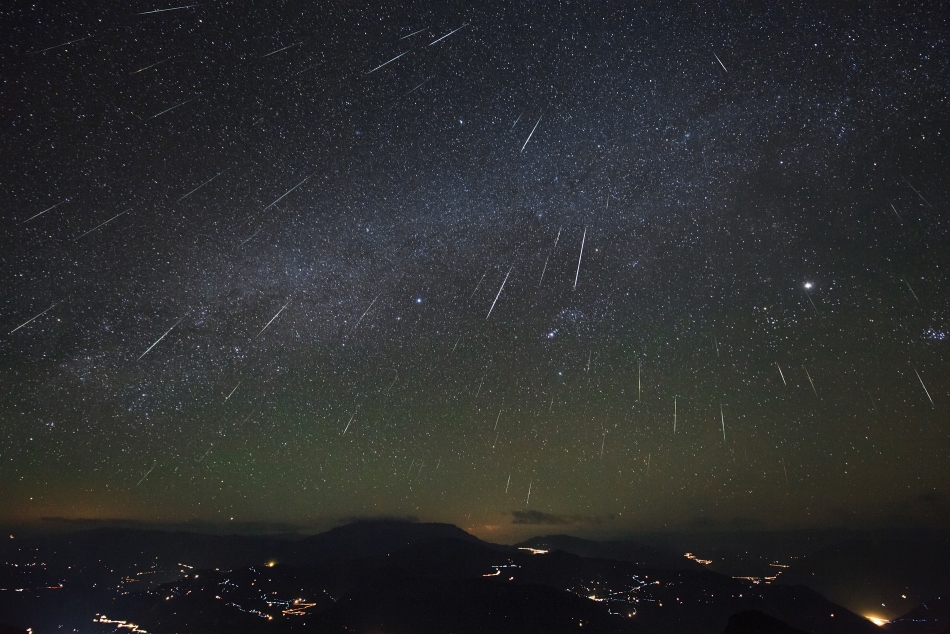
We generally save our stargazing suggestions for the summer, when it’s warmer in the northern hemisphere. But you’re tough, you can handle a little cold. And it’s worth it because there are some wonderful things you can see in the night sky this time of year.
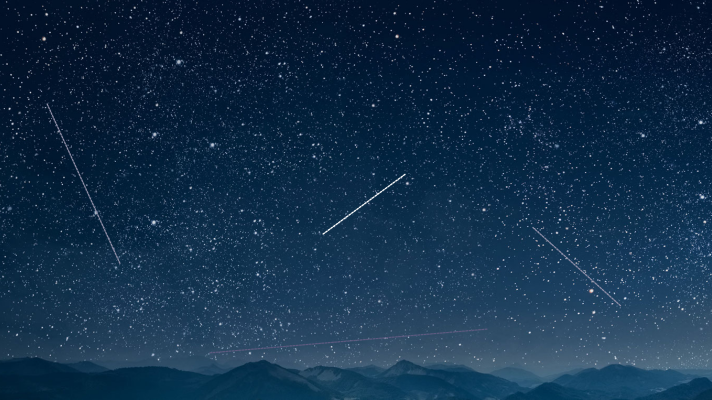
Light pollution is a big problem, and it’s only getting worse — not just near cities but everywhere thanks to increased satellite constellations. How bad is the problem, and how can we fix it?

Summer is officially, astronomically here. And for folks in the Northern Hemisphere, that means it’s the perfect time to head outside and see what’s happening in the sky. Today we’ll give you a good list of things to keep an eye out for, with or without a telescope.
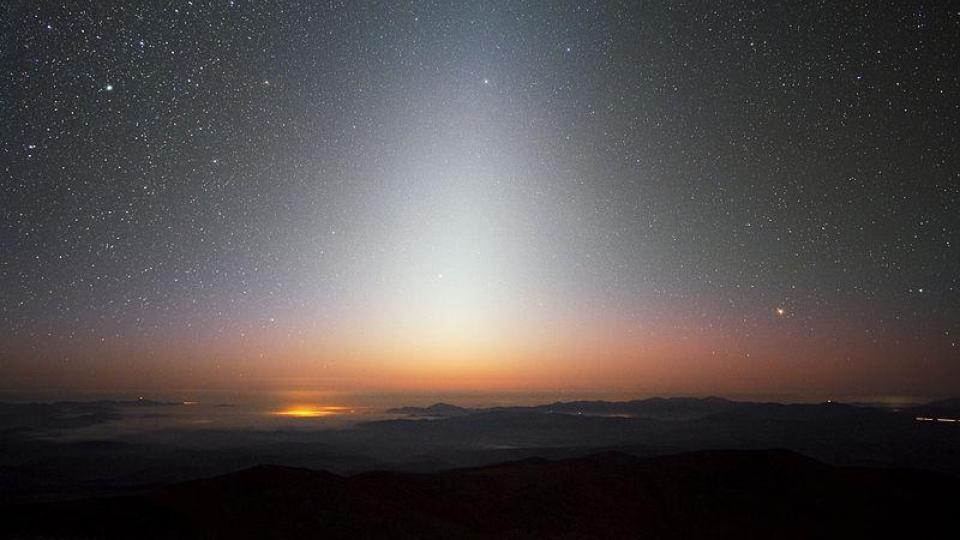
Pamela has told us in the most flowery terms about the diffuse dust across inner solar system. Leftover from the formation the inner planets. Well, it turns out, she was wrong. Super wrong. Time to update.
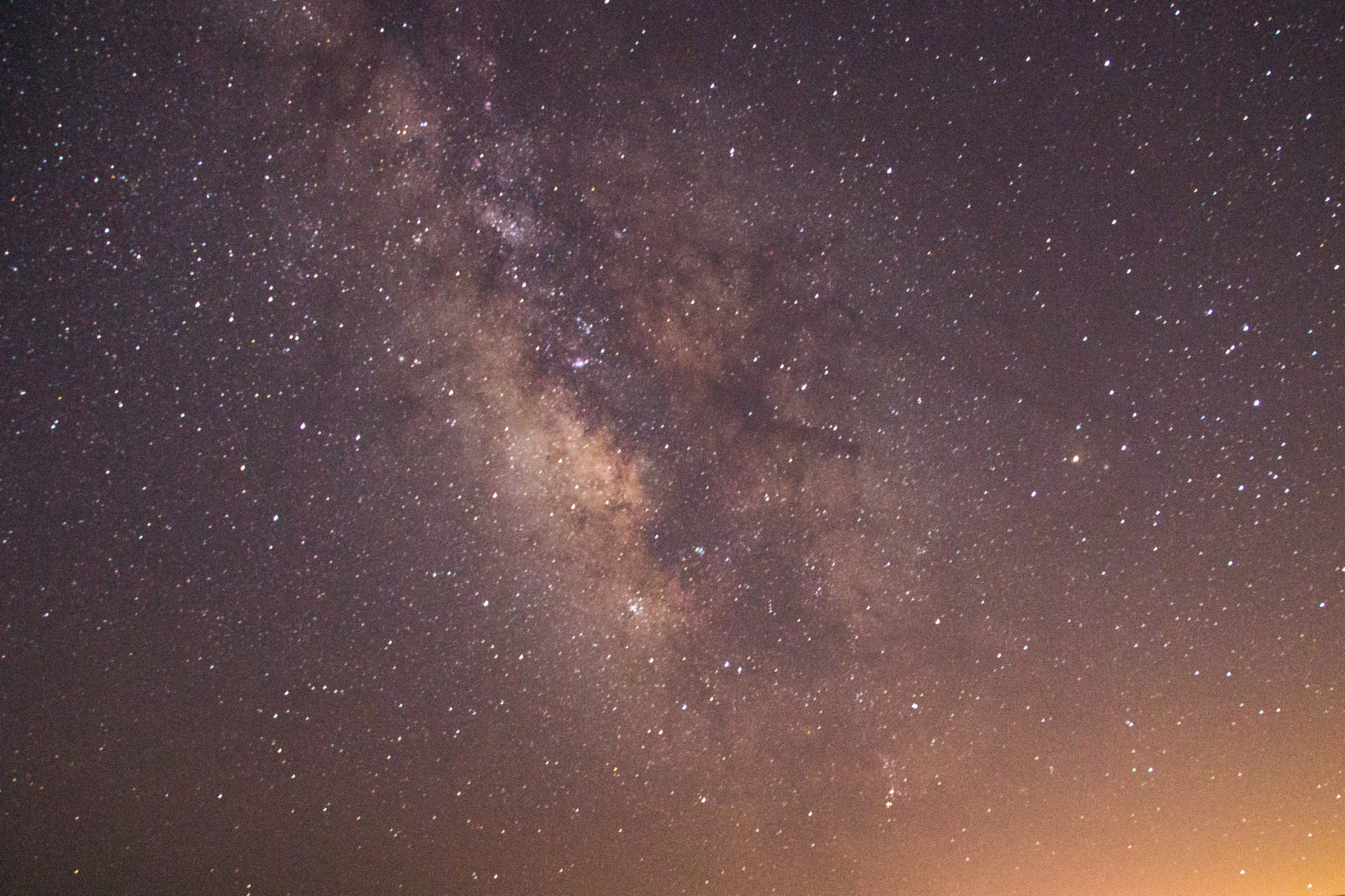
It’s time, once again, for Astronomy Cast to go on hiatus. You’ve got a couple of months on your own to explore the night sky. Before we say goodbye, though, we’d like to make a few suggestions.
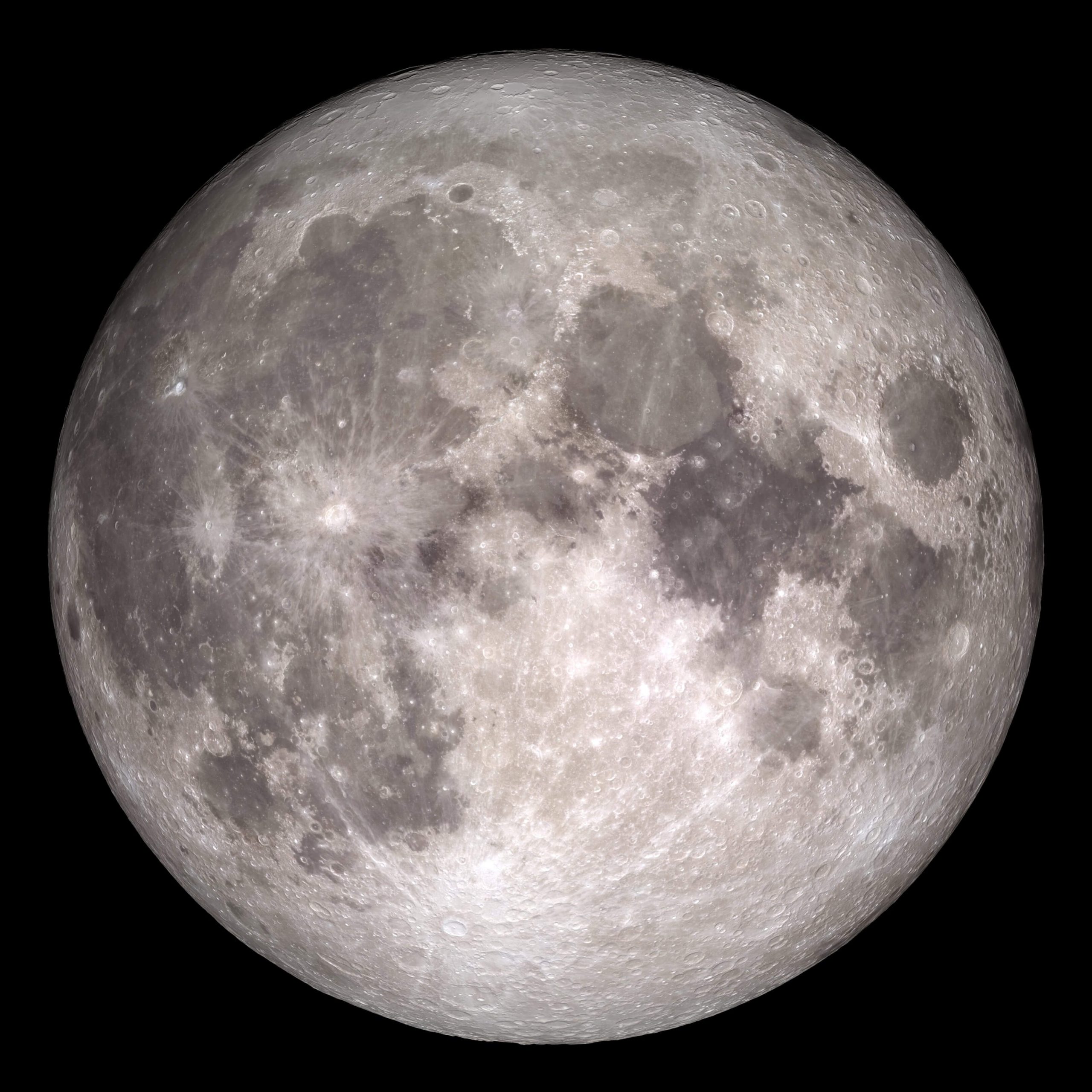
As amateur astronomers, we curse the Moon every month. Seriously, why doesn’t someone get rid of that thing? This week, something occurred to us. What if we actually pointed our telescopes at the Moon? What would we see?
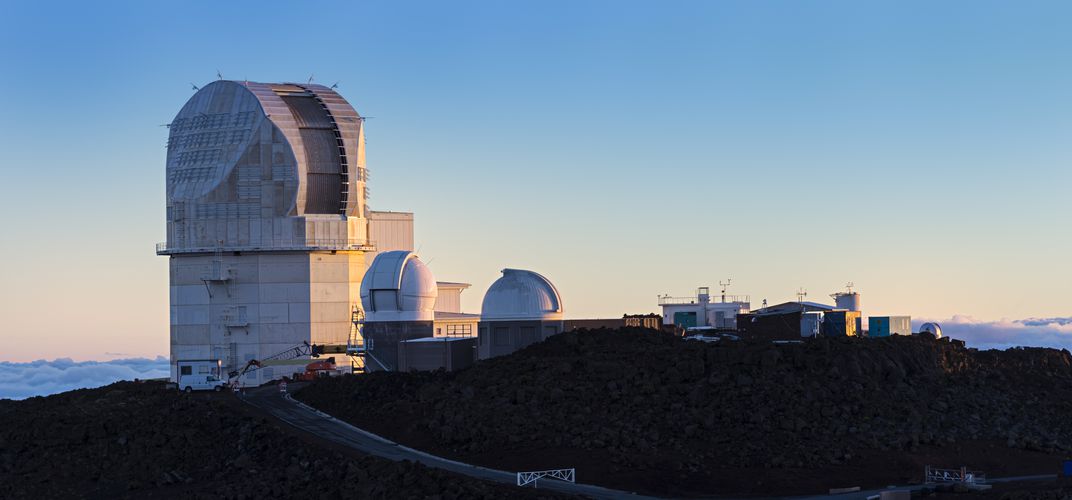
This week we’re live at the American Astronomical Society’s 235th meeting in Honolulu, Hawai’i. We learned about new planets, black holes and star formation, but the big issue hanging over the whole conference is the protests and politics over the new Thirty Meter Telescope due for construction on Mauna Kea.
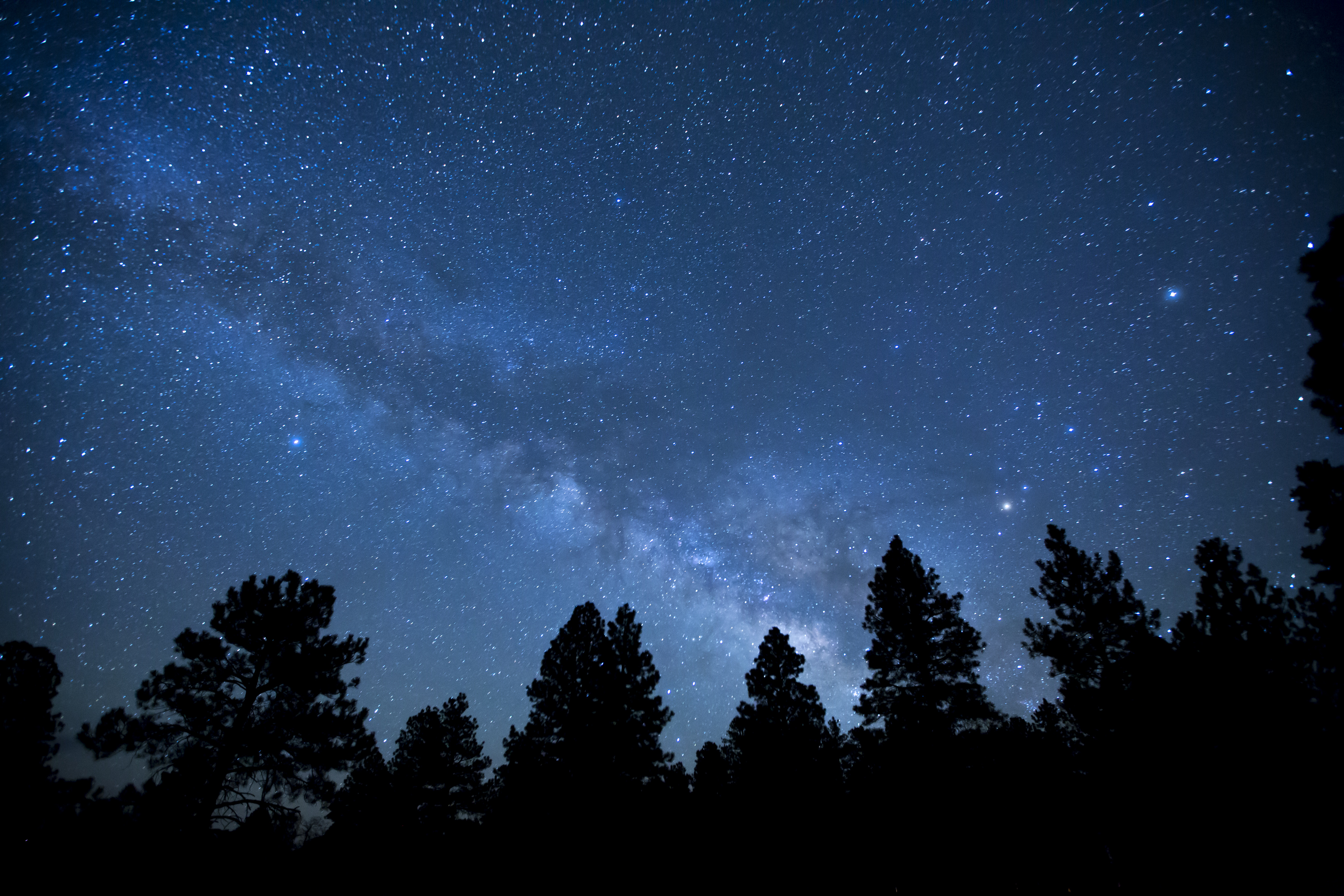
It's summertime, and time for our annual Astronomy Cast hiatus. But that doesn't mean that the astronomy adventure has to end. Today we'll give you some tips and tricks for astronomy summer adventures. In this episode we mentioned donations and tours. Click to learn...
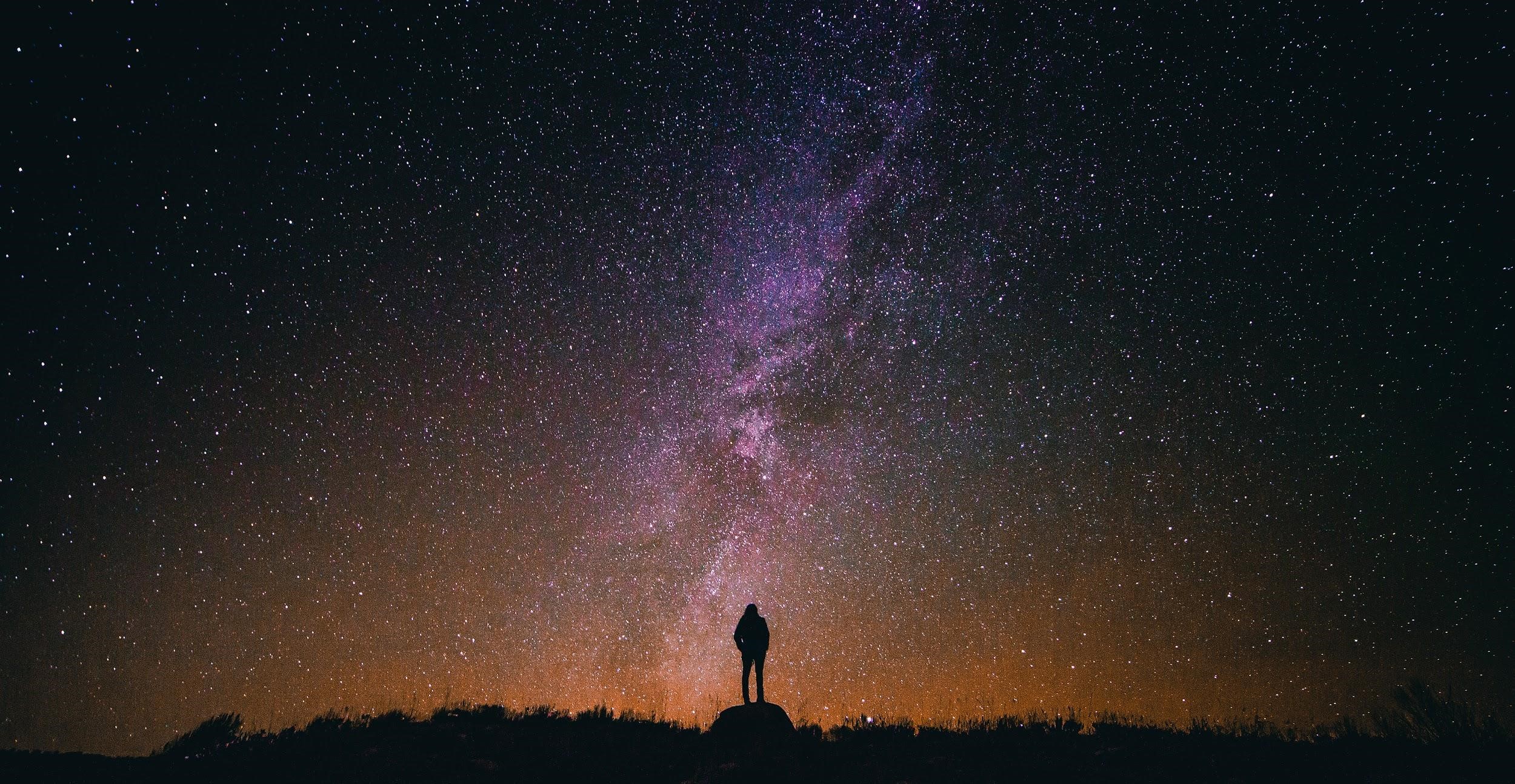
Let's move to another continent this week, and look at the astronomy that was going on in southern Africa in ancient times. In this episode we mentioned donations and tours. Click to learn more! Download MP3| Download Raw Show with Q&A| Show Notes | Jump to...
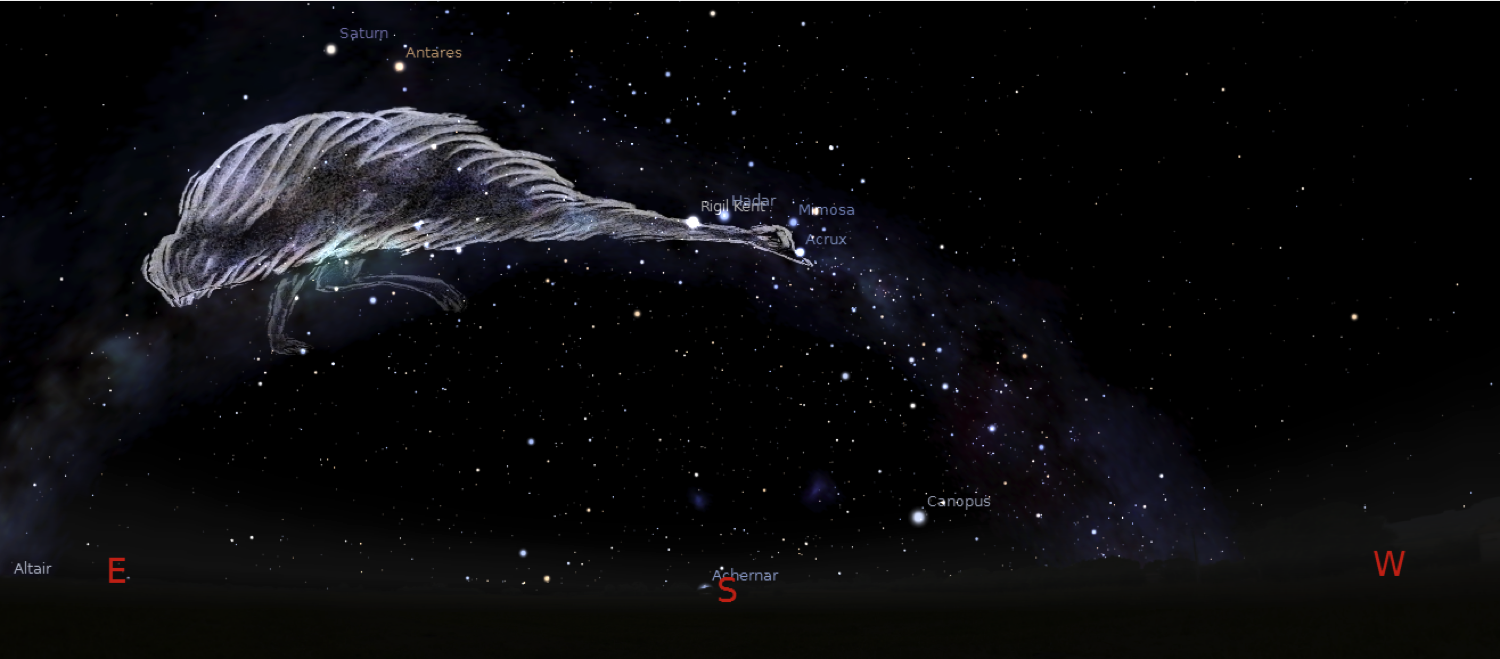
This week, we focus on the archaeoastronomy of another part of the world, this time from the indigenous people of Australia. Another group of people whose lives depended on knowing what was happening in the sky from season to season. In this episode we mentioned...
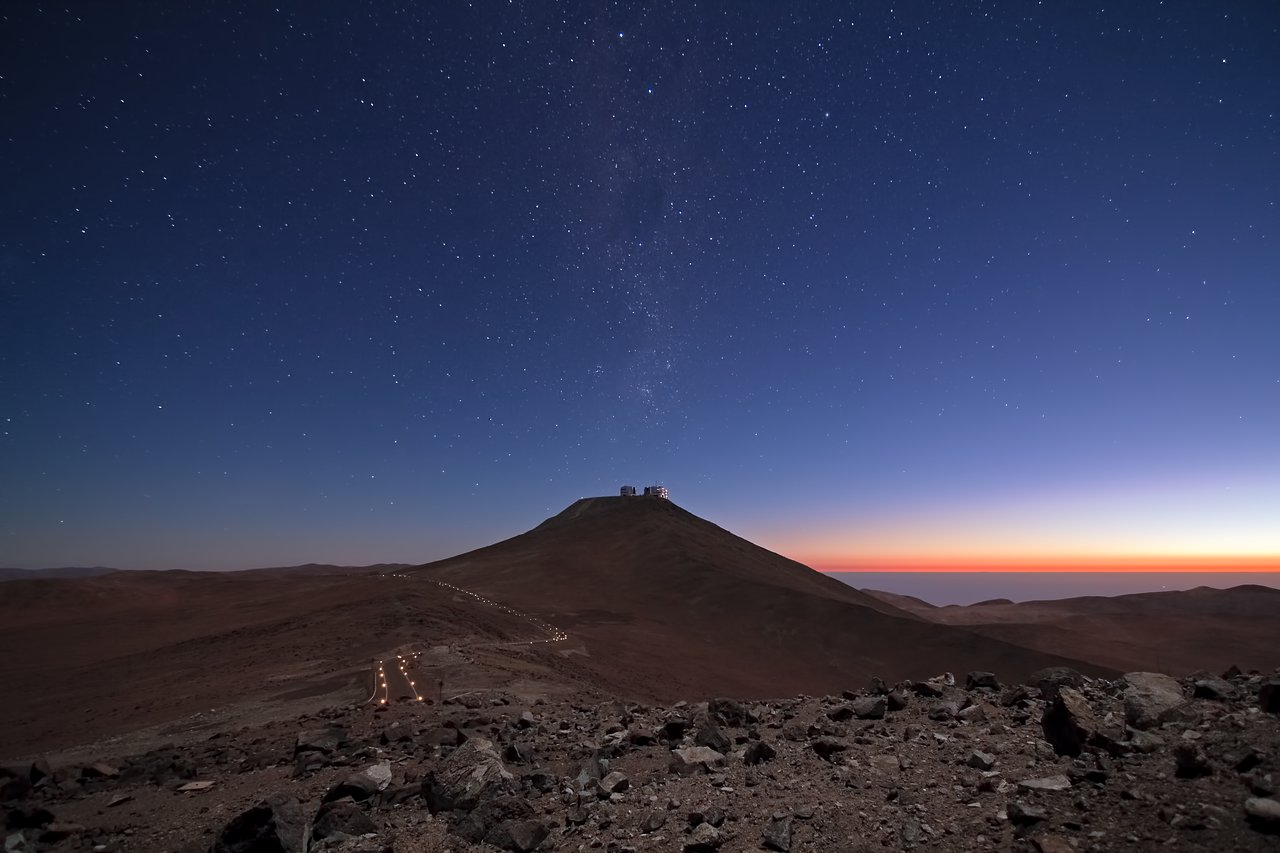
South America, especially the Atacama Desert in Chile has become one of the best places in the world to put a telescope. It's dry, high, and the nights are clear. Today we'll talk about the monster telescopes already in operation in this region, and the big ones...
Have you seen the “Man in the Moon”? Pareidolia is your mind’s way of helping you make sense of the world, but doesn’t always match reality.
Summer is almost here, and for the northern hemisphere, that means warm nights for observing. But what to observe? We’re here with a list of events and targets for you to enjoy over the summer. Get your calendars handy, and start organizing some events with your friends, and then get out there!
What color is the Universe? Turns out this isn’t a simple question, and one that scientists have really been unable to answer, until now!
Waves move through a medium, like water or air. So it seemed logical to search for a medium that light waves move through. The Michelson-Morley Experiment attempted to search for this medium, known as the “luminiferous aether”. The experiment gave a negative result, and helped set the stage for the theory of General Relativity.
Astronomy Cast’s 2014/15 season begins! With Rosetta’s arrival at Comet 67/P, we’re about to see a comet up close and personal. What will it take to explore, exploit and enjoy the asteroids and comets hurtling around our Solar System. And how does science fiction have it all wrong?
Who knows what mysteries lurk at the military’s Area 51 complex in Nevada? Conspiracy theorists and UFO chasers think it’s a big alien cover-up. But it’s probably something more boring, like advanced military aircraft. Let’s talk about what we know, and what we think we know about this infamous military base.
There’s a lot you can learn by just staring at an object, watching how it changes in brightness. This is the technique of photometry, and it has helped astronomers discover variable stars, extra-solar planets, minor planets, supernovae, and much more.
As we’ve said before, all telescopes really want to be in space. In part 3 of our series on amateur telescope making, we bring you up to speed on the final frontier: amateurs building space telescopes. The hardware and software is available off the shelf, and launches have never been more affordable. The era of amateur space telescopes has arrived.
Some astronomers are control freaks. It’s not enough to buy a telescope, they want to craft every part of the experience with their own hands. If you’re ready, and willing to get your hands dirty (and covered in glass dust), you can join thousands of amateur telescope makers and build your own telescope from scratch.